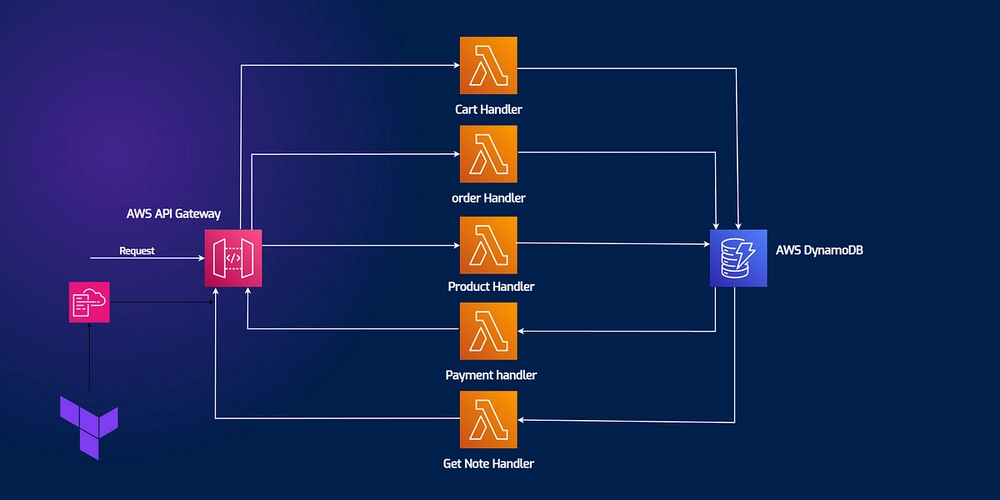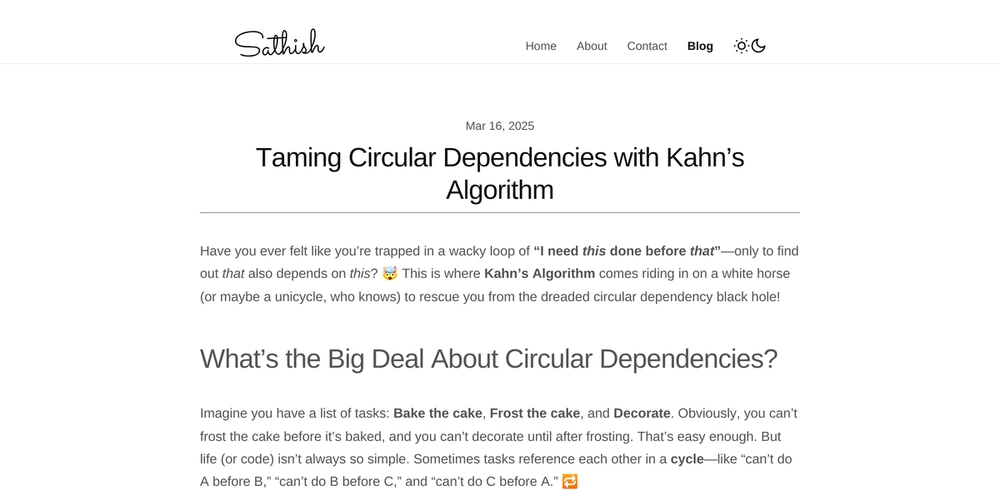Anatomy of an HTML Document: Doctype, html, head, body
Introduction When you open any HTML file, it might seem like a random collection of tags. But in reality, every HTML document follows a very structured format — a skeleton that ensures the browser knows how to correctly interpret and render the content. Understanding the anatomy of an HTML document is fundamental for building well-structured, professional websites. In this guide, we will break down the essential components: , , , and — explaining what they are, why they exist, and how they work together. Overview of a Basic HTML Document Here is a simple example first: Document Title Hello, World! Welcome to my first web page. Every single line in this structure plays a specific role. Let’s understand it line by line. 1. What it is: A special declaration that tells the browser which version of HTML you're using. Why it's important: Without it, the browser might render your page in quirks mode — leading to inconsistent behavior, especially with older CSS and layout rules. Details: In HTML5, is very simple — no need for a long complicated string like older versions. It ensures standards mode rendering — where browsers strictly follow modern HTML/CSS rules. Example: Note: It is not an HTML tag. It is an instruction to the browser. 2. ... What it is: The root element of your entire HTML document. Everything you write for the web page must be inside . Attributes: lang="en" specifies the language of the content, which improves accessibility and SEO. Example: ... Important Points: Only one tag per document. It wraps both the and sections. 3. ... What it is: The contains meta-information about the page that is not directly displayed on the page itself. Common Elements inside : Tag Purpose Defines the title shown in the browser tab. Sets character encoding (supports most world languages). Ensures mobile responsiveness. Connects to external stylesheets like CSS files. Links JavaScript files (can also be placed before closing ). Adds internal CSS (not recommended for big projects). Helps SEO by describing the page content. Example: My Website Key Understanding: The head defines how the page behaves, how it appears in search engines, and how resources are connected.

Introduction
When you open any HTML file, it might seem like a random collection of tags. But in reality, every HTML document follows a very structured format — a skeleton that ensures the browser knows how to correctly interpret and render the content.
Understanding the anatomy of an HTML document is fundamental for building well-structured, professional websites.
In this guide, we will break down the essential components: , , , and — explaining what they are, why they exist, and how they work together.
Overview of a Basic HTML Document
Here is a simple example first:
lang="en">
charset="UTF-8">
name="viewport" content="width=device-width, initial-scale=1.0">
</span>Document Title<span class="nt">
Hello, World!
Welcome to my first web page.
Every single line in this structure plays a specific role.
Let’s understand it line by line.
1.
What it is:
A special declaration that tells the browser which version of HTML you're using.
Why it's important:
Without it, the browser might render your page in quirks mode — leading to inconsistent behavior, especially with older CSS and layout rules.
Details:
- In HTML5,
is very simple — no need for a long complicated string like older versions. - It ensures standards mode rendering — where browsers strictly follow modern HTML/CSS rules.
Example:
Note:
It is not an HTML tag. It is an instruction to the browser.
2. ...
What it is:
The root element of your entire HTML document.
Everything you write for the web page must be inside .
Attributes:
-
lang="en"specifies the language of the content, which improves accessibility and SEO.
Example:
lang="en">
...
Important Points:
- Only one
tag per document. - It wraps both the
andsections.
3. ...
What it is:
The contains meta-information about the page that is not directly displayed on the page itself.
Common Elements inside :









































































































































































![[The AI Show Episode 144]: ChatGPT’s New Memory, Shopify CEO’s Leaked “AI First” Memo, Google Cloud Next Releases, o3 and o4-mini Coming Soon & Llama 4’s Rocky Launch](https://www.marketingaiinstitute.com/hubfs/ep%20144%20cover.png)



























































































































![[DEALS] The All-in-One Microsoft Office Pro 2019 for Windows: Lifetime License + Windows 11 Pro Bundle (89% off) & Other Deals Up To 98% Off](https://www.javacodegeeks.com/wp-content/uploads/2012/12/jcg-logo.jpg)


















































































































































_Andreas_Prott_Alamy.jpg?width=1280&auto=webp&quality=80&disable=upscale#)

































































































![What features do you get with Gemini Advanced? [April 2025]](https://i0.wp.com/9to5google.com/wp-content/uploads/sites/4/2024/02/gemini-advanced-cover.jpg?resize=1200%2C628&quality=82&strip=all&ssl=1)











![Apple Shares Official Trailer for 'Long Way Home' Starring Ewan McGregor and Charley Boorman [Video]](https://www.iclarified.com/images/news/97069/97069/97069-640.jpg)
![Apple Watch Series 10 Back On Sale for $299! [Lowest Price Ever]](https://www.iclarified.com/images/news/96657/96657/96657-640.jpg)
![EU Postpones Apple App Store Fines Amid Tariff Negotiations [Report]](https://www.iclarified.com/images/news/97068/97068/97068-640.jpg)


































































































































